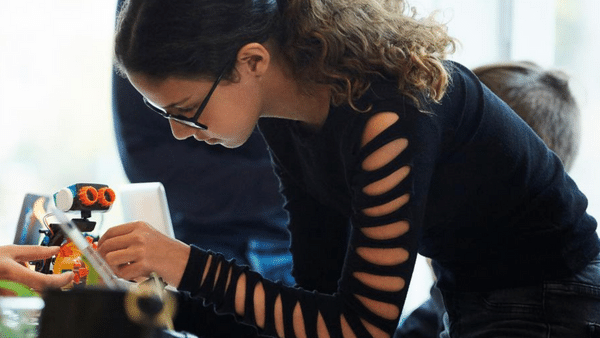The RSA design team has been undertaking a project with the National Policing Improvement Agency (NPIA) exploring how the police can be better at engaging and satisfying the public. Yesterday we held an event to discuss the research emerging from the project, much of it generated by work on the ground in Peterborough (this is an early example of our broader collaboration with the city).
Chief Constable Peter Neyroud is the thoughtful and articulate head of the NPIA and he provided closing remarks at the event. One of his themes was the need to move from a tokenistic, box-ticking approach to public engagement, which often features police officer turning up to virtually empty consultation meetings, to a more open, substantive and creative dialogue.
Having spent many, many years observing and participating in public engagement processes I offered the meeting what I have come to see as the key success factors for engagement.
They are:
Accessibility - engagement has to be in a form which fits with people’s lives and, if possible, it needs to feel like it could be enjoyable. A very small number of people may like nothing more than sitting in a cold church hall listening to a long and complex report from a council officer, but many more would rather do something more informal and enjoyable or simply something easier, for example on the web.
Efficacy – people need to feel they have something to offer. This is why schools – like our own Academy – find it easier to get parents involved in social and fund raising activities than in discussions about the curriculum. Most disadvantaged people have a strong sense of efficacy in their own lives (it’s not easy to live on a low income) but it declines dramatically when they engage with ‘the authorities’. So engagement needs to start with what people know and experience, not with the information or communication needs of the public agency.
Genuine choices – people need to feel that the engagement will offer them real choices either individually or collectively and that these choices will feed into decisions and actions. Otherwise engagement is either pointless or even counter-productive.
Positive sum-making engagement work is not all about the responsibility of the agencies hosting the process. It is also about offering a challenge or opportunity to those being engaged. The question being posed needs not simply to be how could the agency provide a more responsive service, but how could the authorities and citizens work more effectively together to achieve better outcomes from, what will be in the future, fixed or shrinking public spending.
This is all incredibly obvious. But how much public engagement really meets these simple success criteria? The problem often is that the policy framework is determined at the outset (often constrained by national targets on regulation) and the engagement is then tacked on.
Our design team here is working with the idea of design for resourcefulness - the issue being how can designers not just try to solve people’s problems but enable people to solve problems and create resources themselves? In many areas public policy needs more consciously to be designed with this idea in mind. How can the policy leave the space and flexibility for service users and citizens to ‘hack’ policy and redesign it for local purposes?
By the way, this is a lesson we have learnt the hard way. Our Fellowship Council (meeting for the second time today) and other active Fellows like the idea of our Fellows’ Charter but they want to open it up to much greater involvement so that what emerges has genuinely been crafted by the Fellowship itself. Of course, we have agreed and the Council will be exploring today how to make this happen.
Related articles
-
Design mentors: supporting innovation in young designers
Milla Nakkeeran
As we conduct our mentor visits for the 2022-23 Pupil Design Awards read why the role of design mentors is so vital to young innovators.
-
Future of engineering: skills and safety for an evolving sector
Fabian Wallace-Stephens Emma Morgante
Safety in engineering is vital and introducing new technologies to protect workers is important in supporting the future of the profession. This blog outlines milestones in a related project and discusses upcoming engagement opportunities.
-
Recognising reciprocity
Al Mathers
Al Mathers, former RSA Director of Research and Learning, explores the importance of introducing reciprocity into the work of social change organisations like the RSA.




Be the first to write a comment
Comments
Please login to post a comment or reply
Don't have an account? Click here to register.